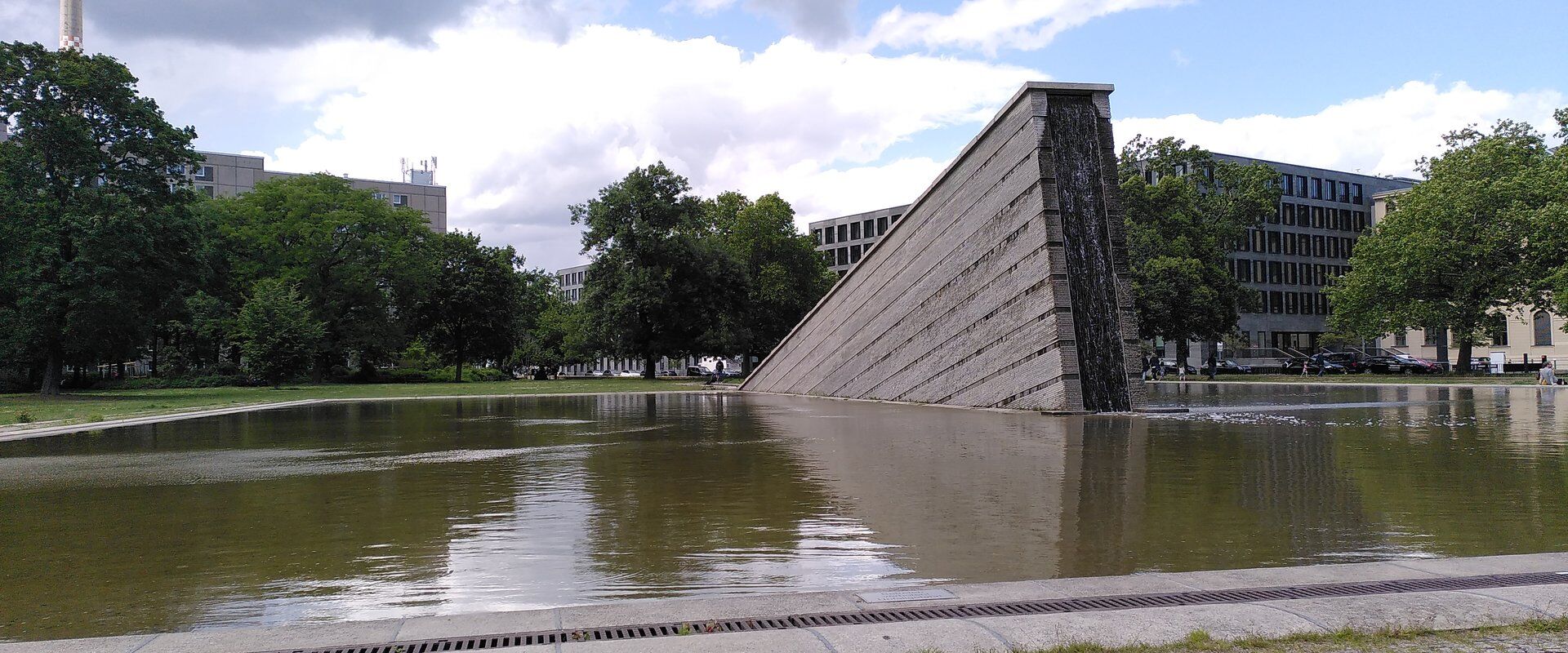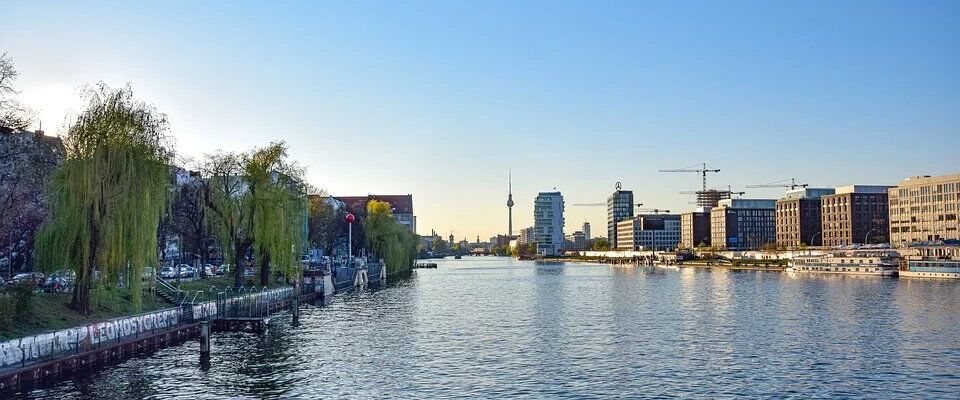Graduiertenkolleg "Urban Water Interfaces"
News
Veranstaltungen
Standort
Bitte beachten Sie: In unserem Graduiertenkolleg gibt es keine freien Stellen mehr!
Die Bewerbungsfrist für die 3. und letzte Kohorte von DoktorandInnen ist Mitte März 2021 abgelaufen.
Kontakt
| Einrichtung | Wasserwirtschaft und Hydrosystemmodellierung |
|---|---|
| Sekretariat | TIB1-B14 |
| Adresse | Gustav-Meyer-Allee 25 13355 Berlin |

 © UWI
© UWI

 © pixabay/nikolaus_bader
© pixabay/nikolaus_bader